Figures & data
Table 1. Studies documenting the existence of daily rhythmicity of body temperature
Table 2. Parameters of the body temperature rhythm of 93 species of mammals and birds
Table 3. Studies documenting the existence of circadian (free-running) rhythmicity of body temperature
Table 4. Studies documenting the existence of daily rhythmicity of whole-organism metabolism
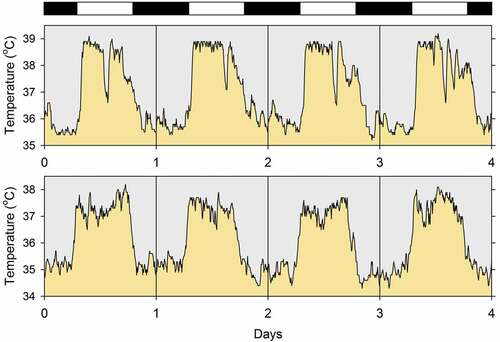
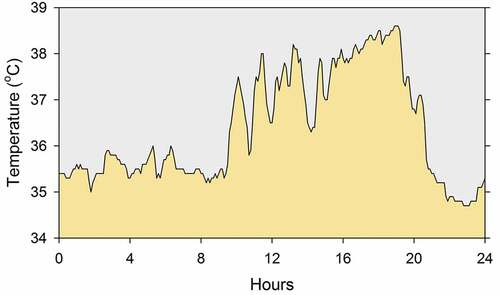
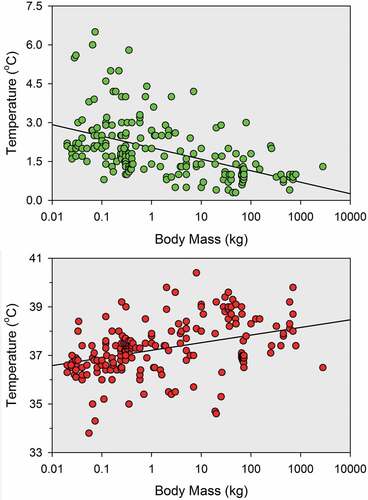

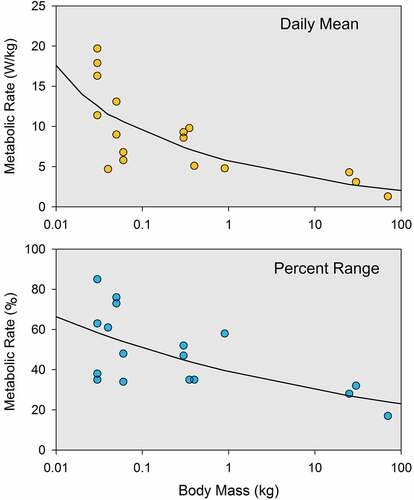
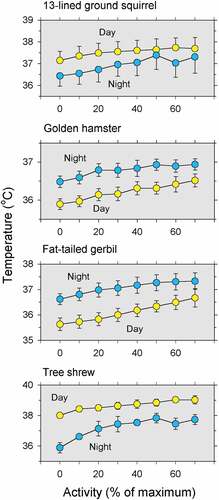
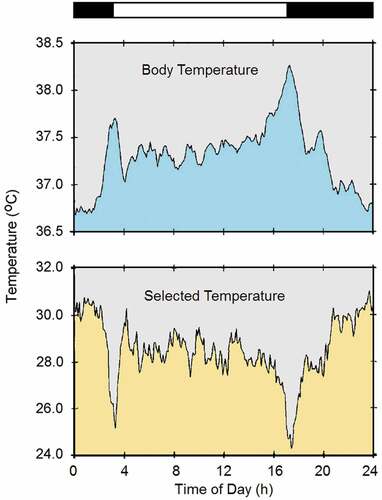
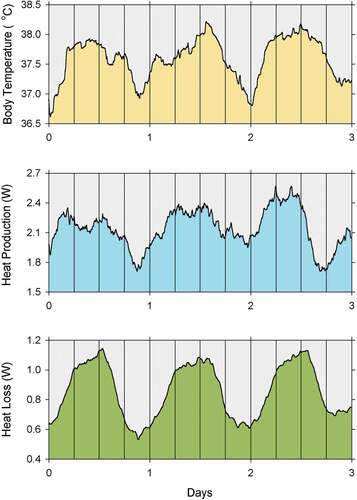
![Figure 9. Diagram of the cellular mechanism of circadian regulation of metabolism in the mouse. From Peek and colleagues [Citation679]. Reprinted with permission from AAAS](/cms/asset/58d16558-a967-453d-996f-2cfc677c57f9/ktmp_a_1743605_f0009_oc.jpg)
